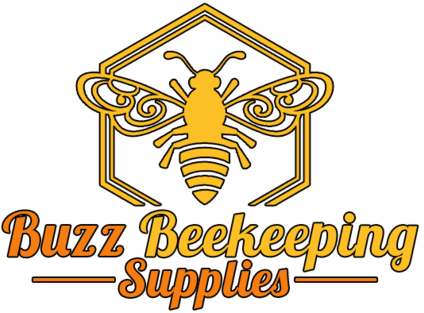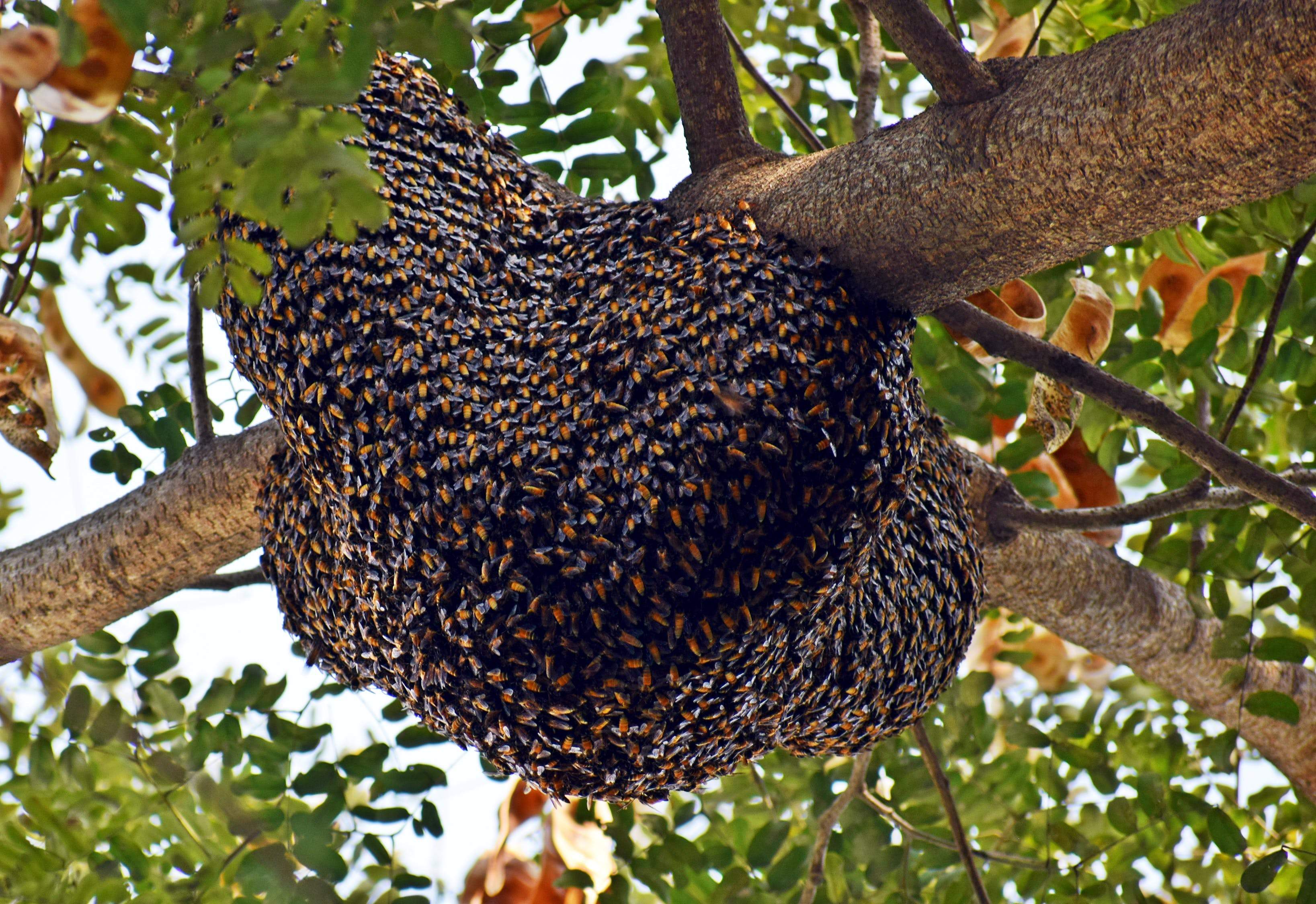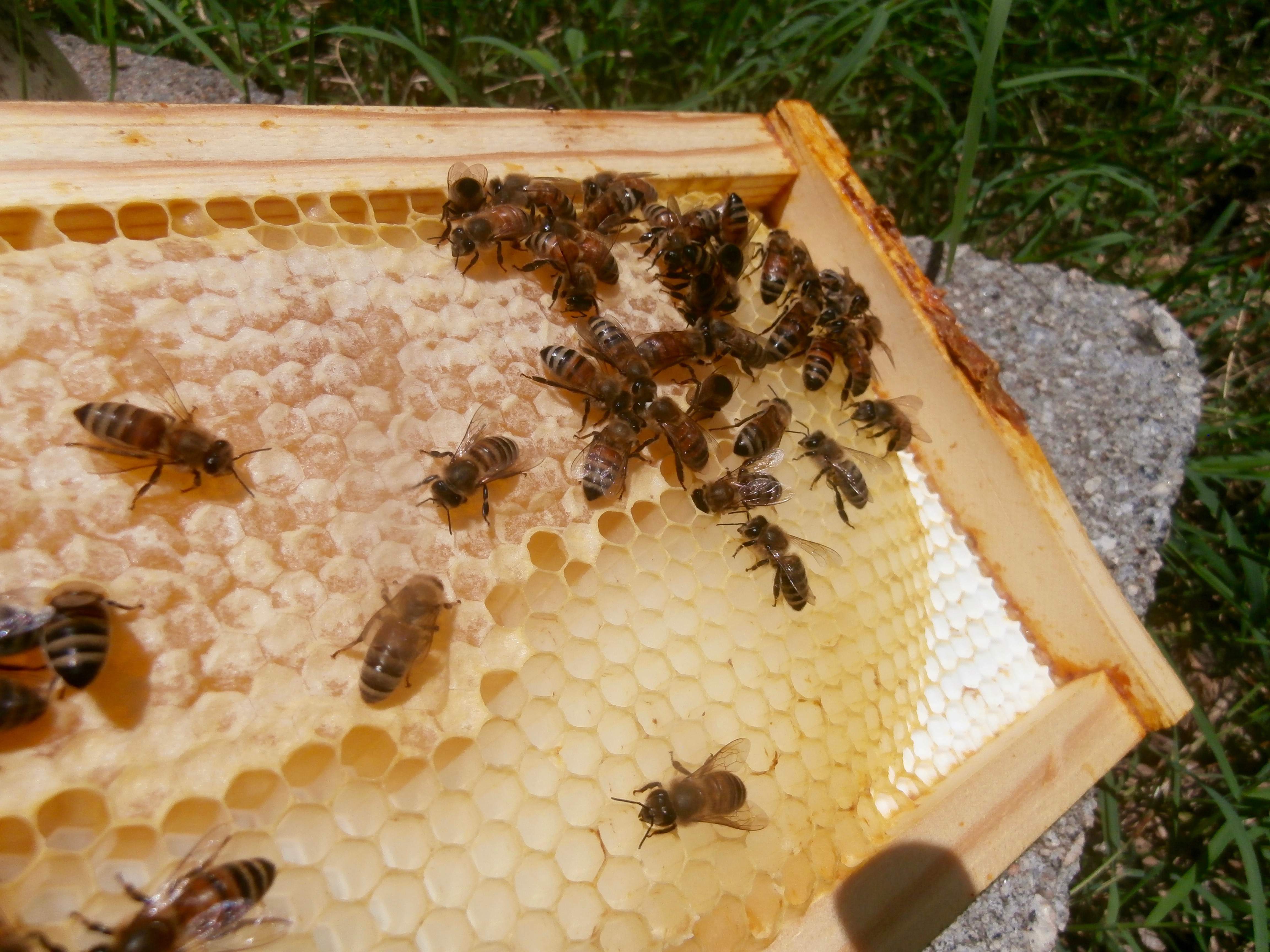Types Of Honeybees In North America
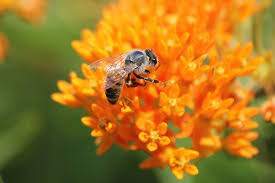
Types Of Honeybees In North America
There are several popular races of honey bees in North America that are raised for the purpose of making honey. Some of these races are a lot more gentle than others. Obviously these “gentle bees” would be ideal for beekeepers.
But that is not the only factor to take into consideration when deciding on which bees to have for beekeeping. Some bees are more likely to swarm than others. All bees will swarm if crowded; but some races are much worse than others. Finally, as with everything, cost is another factor. Some bees are more expensive than others. It would make sense for beginning beekeepers to start out with gentle and inexpensive bees.
This beekeeping information on the types of honey bees will help you decide which type is right for you.
Italian Honey Bees
Italian bees have become the most popular bee in the United States; in large part thanks to their gentle behavior. They are also 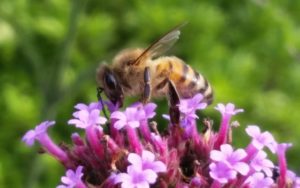 popular and the most distributed due to their ability to survive in most climates. These bees survive winter will and breed in the spring. They are bred down south. You can find them in the north as well; however they will not be available for purchase until late spring or summer.
popular and the most distributed due to their ability to survive in most climates. These bees survive winter will and breed in the spring. They are bred down south. You can find them in the north as well; however they will not be available for purchase until late spring or summer.
Italian bees are most often recommended to beginners because of how common they are and how easily they are found in packages. Their biggest weakness is their tendency to rob and drift. More food is consumed by bees that are located in hard winters/colder climates because they need to compensate for the heat loss by eating more food. Otherwise they do survive well in the winter. They produce a minimum amount of propolis, which makes it easier for them to keep the hive clean and easy to work with.
Worker bees are a light color and the queen is a darker color; thus making her easy to locate. These bees are yellow in coloring with bands on the abdomen. There are weaknesses in any honeybee species so despite their moderate tendency to swarm and strong tendency to rob, they are a good beginner bee. That is probably why they are the most common of honeybees.
Caucasian Honey Bees
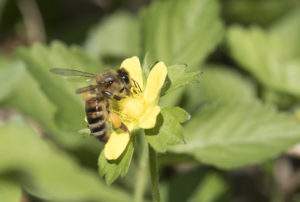 Next are Caucasian honeybees. They are a silver/grey to brown in color. They are gentler than the Italian bees and are not prone to robbing as the Italians are. They are slower to start in the spring but otherwise are just as productive as the Italian bees. They do produce an excessive amount of propolis that if not collected can make the hive very sticky to work with.
Next are Caucasian honeybees. They are a silver/grey to brown in color. They are gentler than the Italian bees and are not prone to robbing as the Italians are. They are slower to start in the spring but otherwise are just as productive as the Italian bees. They do produce an excessive amount of propolis that if not collected can make the hive very sticky to work with.
Caucasian honeybees have a moderate tendency to swarm and have a large and strong population. They survive winter well and forage earlier on cooler days. They are also slow to start up in spring. They are not prone to rob. Finally, they have a longer tongue than almost all other honeybees which means they can take advantage of nectar that most bees cannot.
Carniolan Honey Bees
Next are Carniolan honeybees, which are a subspecies of the Western honeybee. They originate in Slovenia (which is located in 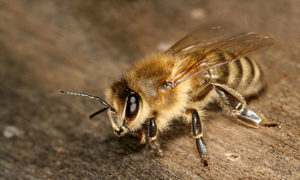 the southern part of the Austrian Alps). They can also be found in parts of Hungary, Romania, Croatia, Bosnia, Herzegovina, and Serbia. They are a darker brown to black in color. They are the second most popular bees after the Italians. Their ability to defend themselves against insects and pests as well as their extreme gentleness towards beekeepers make them a great choice overall. Not to mention that they are resistant to some parasites and diseases.
the southern part of the Austrian Alps). They can also be found in parts of Hungary, Romania, Croatia, Bosnia, Herzegovina, and Serbia. They are a darker brown to black in color. They are the second most popular bees after the Italians. Their ability to defend themselves against insects and pests as well as their extreme gentleness towards beekeepers make them a great choice overall. Not to mention that they are resistant to some parasites and diseases.
They are the best wintering bee as the queen stops all brood production in the fall. They build up very rapidly in the spring; otherwise it depends on the flow of nectar and pollen. They tend to swarm when there is no space. They are not likely to rob; but if pollen is scarce brood rearing is greatly decreased.
R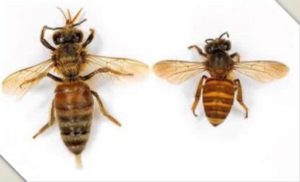 ussian Honey Bees
ussian Honey Bees
The Russian honeybee came from the Primorsky region. They have evolved traits of being resistant to mites since living where it is home to the Varroa and Trachael mites. These bees resemble the Carniolan bees in color. These bees winter well in extremely cold temperatures and small clusters. Brood rearing is highly dependent on forage availability. They tend to swarm. Further they are expensive.
Buckfast Honey Bees
Lastly we have the buckfast honey bees. Buckfast honey bees were developed by Brother Adams in the 20th century; actually they are a mixed race of bees. They have become very popular with beekeepers due to their extreme gentleness. Beyond that they build a strong population in the spring and manage winter well. They adapt well to areas with cold damp winters and have a low tendency to swarm. They are excellent honey producers even though they are inclined to rob. Finally they are resistant to tracheal mites.
Types Of Honeybees In North America
1. Ventilated Suit – https://amzn.to/2D1hJBu
(NEW) Ventilated Jacket – https://amzn.to/2Av6piJ
2. Beekeeper YKK Suit Combo – https://amzn.to/2Xk3xLz
3. Beekeeper Journal – https://bit.ly/3xXxFl2
4. YKK Suit – https://amzn.to/2IDJALO
5. Beekeeper Jacket – https://amzn.to/2FirwTW
6. Beekeeping Gloves:
– Goatskin Beekeeping Gloves – https://amzn.to/2GYxBZW
– Cow Leather Beekeeping Gloves – https://amzn.to/2uiSExd
7. Queen Marking Kit – https://amzn.to/2Wm1kCw
– Queen Marking Pens – https://amzn.to/3c4vE8y
–Queen Marking Cage – https://amzn.to/2TDwwdQ
